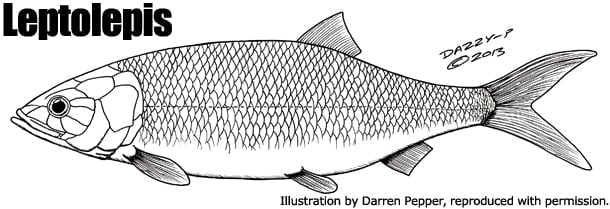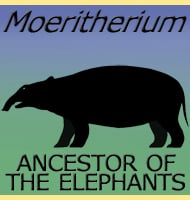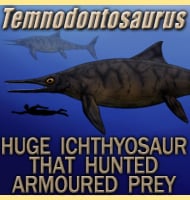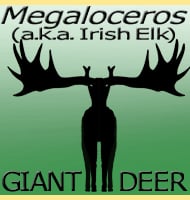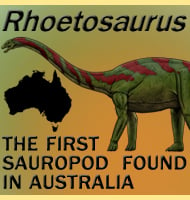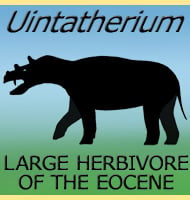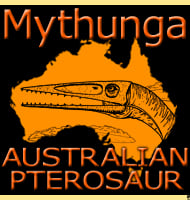In Depth
Although Leptolepis may just be a little unremarkable looking fish, it is important as it is the first true bony fish that is known in the fossil record. Its predecessors had cartilagninous skeletons meaning they would only preserve when conditions were absolutely right.
There are several deposits that show large numbers of Leptolepis buried together which indicates that it was a shoaling or schooling fish. The large number of fossils and there wide expanse indicates that Leptolepis had a cosmopolitan distribution.
Further Reading
– A revision of certain actinopterygian and coelacanth fishes, chiefly from the Lower Lias – B. G. Gardiner – 1960. – Fish from the freshwater Lower Cretaceous of Victoria, Australia with comments of the palaeo-environment – M. Waldman – 1971. – Redescription of Santanichthys diasii (Otophysi, Characiformes) from the Albian of the Santana Formation and Comments on Its Implications for Otophysan Relationships – Arnaud Filleul & John G. Maisey – 2004.
